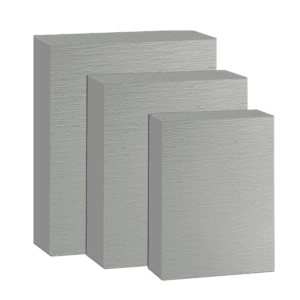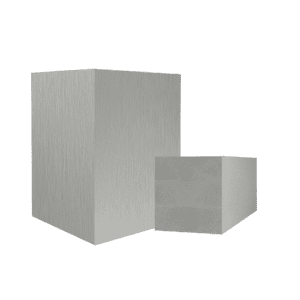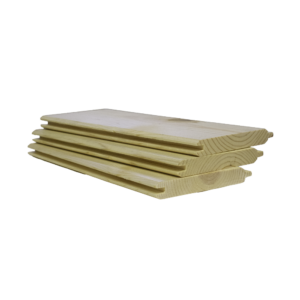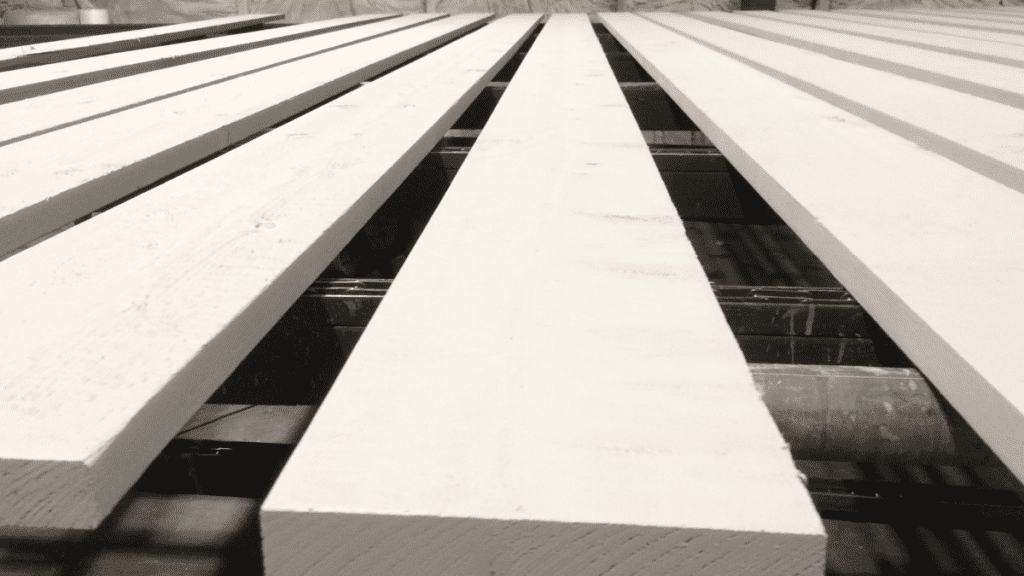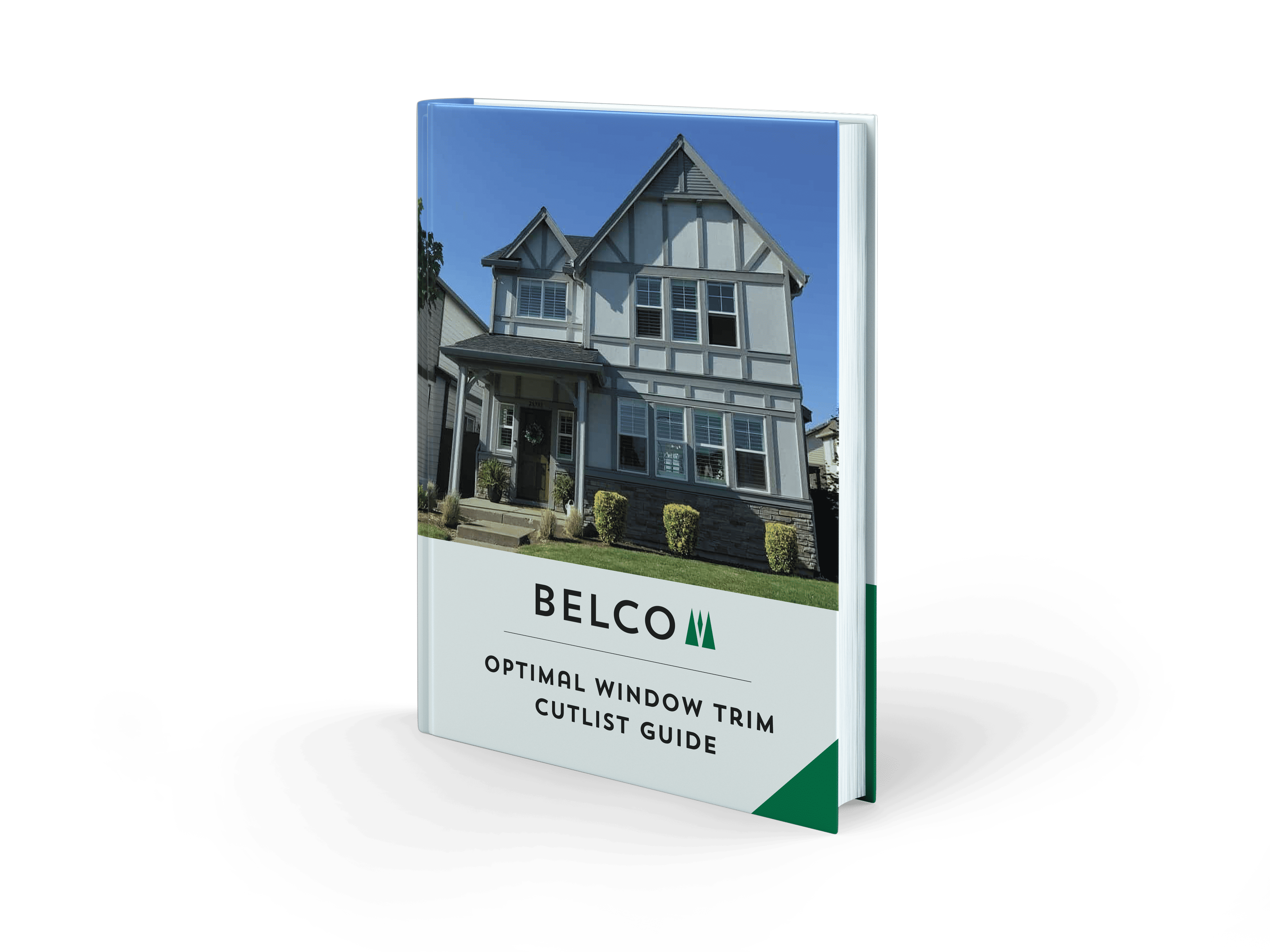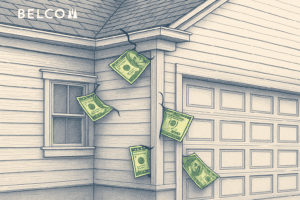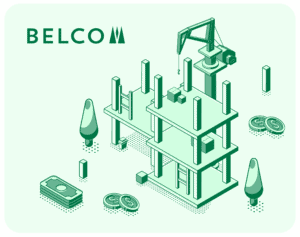Board-and-batten is one of the oldest cladding styles in the U.S., and it’s experiencing a remarkable resurgence in popularity. Homeowners are increasingly requesting this timeless siding look for accent walls, partial home cladding, or complete exterior renovations, especially in specific regions.
Board-and-batten has distinct characteristics that set it apart from other siding options, particularly the way it uniquely interfaces with trim work. The evolution of siding materials and installation techniques over the decades has influenced how board-and-batten is approached and installed in modern construction.
Unlike traditional siding that requires trim only in the standard locations, board-and-batten cladding utilizes additional trim placement to achieve its signature look. It is therefore important to plan the placement and install the trim carefully to ensure both aesthetic appeal and functional durability. Given the additional trim requirement inherent to board-and-batten projects, selecting cost-effective, user-friendly, and low-maintenance materials is imperative. Fortunately, today’s market offers numerous trim material options and installation methods, empowering builders to find solutions tailored to their specific project needs and budget constraints.
About Board-and-Batten Homes
The board-and-batten style became popular around the time that lumber mills first came to the country. Once people had access to milled lumber, they began installing wide, vertical planks over the exterior of their homes. To cover the seams where the planks met and to help seal the seams, thin strips of wood known as battens were installed over them.
Impact of Old-Growth Trees
When the board-and-batten style was first being used, there were far more old-growth trees being harvested than there are today. This made for wider and longer planks. At the same time, homes were often smaller, so a single board could cover the exterior from top to bottom with no need for horizontal breaks.
Today, with larger homes, fewer old-growth trees, and a wider range of both siding styles and materials, board-and-batten siding has changed. In modern applications, this style may be used to accent a specific section of the home, or on one complete area such as the garage. This is often the case where the other sections of the home are clad in different siding types. For added design and protection, some homeowners also choose to install stone veneer at the base of the exterior walls.
Horizontal Breaks
In addition to the traditional applications, such as around windows and doors and on the corners of the home, trim is also necessary to provide horizontal breaks in the cladding. Proper installation of trim and siding addresses common challenges like water infiltration and helps maintain a visually appealing finish.
Horizontal trim breaks are necessary in several instances. For example, it’s commonly employed when using horizontal lap siding on the majority of the home, then switching to board-and-batten to accent an area beneath the eaves. The visual break makes the distinction clear.
Alternatively, when cladding the entire home in board-and-batten, often the vertical boards aren’t tall enough to cover the home in its entirety. Horizontal trim breaks are used between the two, giving the home a cleaner look that eliminates awkward horizontal seam placements. Typically, a wide band of trim that matches the color, style, and material of the trim used elsewhere on the home provides a visually pleasing solution for accenting that break.
Preparation and Installation
Proper preparation is the foundation of a successful board-and-batten siding project. Before the first board is installed, ensure the exterior sheathing (typically plywood or OSB) is securely installed and free from damage. Wrap the sheathing with a weather-resistant barrier to protect against moisture intrusion and ensure long-term weather resilience.
Next, window installation and flashing should be completed before siding installation begins. Pay careful attention to proper flashing techniques around each window, as this creates the foundation for effective moisture management throughout the siding system.
Installation best practices will vary depending on the material choice, so manufacturer recommendations should be taken into consideration. However, for a typical board-and-batten installation, the placement of battens depends on the joint orientation. For vertical siding joints, battens create a natural seal without requiring additional caulking. It’s notable, though, that the installation approach differs significantly for horizontal applications.
Basic Installation Guidelines:
- Do not place battens over horizontal flashing
- For walls with horizontal joints, horizontal band boards must be properly flashed both above and below to prevent moisture intrusion
- Leave a minimum 3/8″ gap between the end of the batten and any horizontal trim or band board
- Avoid caulking between the batten and band board
- Leave adequate spacing to allow for necessary expansion and contraction
Choosing the Right Trim Material
Board-and-batten siding comes in many different material options, just as exterior trim does. But wood remains the preferred board-and-batten siding material for its natural beauty and classic architectural impact. Here are a few considerations when choosing between traditional wood trim versus alternative options:
Traditional Wood Trim
Traditional wood trim options like cedar present several challenges for board-and-batten cladding. While cedar offers undeniable natural beauty, it comes with a premium price tag and often lacks comprehensive warranties, a significant consideration for projects requiring extensive trim work.
The installation process can also be labor-intensive, requiring careful priming to prevent bleed-through, followed by final finish application, which impacts both project timeline and expenses. Beyond initial costs, traditional wood options demand ongoing maintenance that compounds over time. Since board-and-batten installations already require more extensive trim work than other siding styles, choosing high-maintenance materials creates a cycle of additional long-term expenses for homeowners.
Alternatives to Raw Wood
Alternative materials, such as fiber cement and engineered wood, may initially appear attractive, but they also harbor their own limitations. These materials are often fragile during installation and are susceptible to moisture-related issues such as edge swelling. This is a problematic characteristic for the demanding weatherproofing requirements of board-and-batten systems. Additionally, special installation tools and safety equipment are required for installing these materials. Working with fiber cement, for example, requires extensive safety precautions due to hazardous crystalline silica released during cutting, drilling, or sanding. This can cause serious respiratory diseases, making wet cutting tools, dust collection systems, and careful cleanup procedures absolutely essential.
Preservative-Treated Wood Trim
Preservative-treated trim like Belco XT® Trim addresses these challenges through advanced manufacturing innovation. Belco’s lightweight wood trim undergoes a proprietary two-step treatment. First, a non-metallic, EPA-approved wood preservative penetrates the wood fibers, and then it is kiln-dried before priming. Then, a proprietary water-based primer creates surface protection and resists water penetration. This comprehensive treatment enables the trim to resist rot, mold, insects, and mildew. The practical benefits extend beyond its inherent durability. Belco XT Trim arrives ready for installation, reducing labor costs and optimizing project timelines. Moreover, despite offering superior performance characteristics, it costs less than premium cedar options. For trim-intensive board-and-batten installations, Belco XT offers superior long-term value while maintaining the authentic wood character that elevates this design. Backed by a non-prorated 20-year warranty, it delivers peace of mind, allowing homeowners to enjoy their investment without the demands of traditional wood products.
Your Board-and-Batten Ace in the Hole
Every board-and-batten project requires carefully selected trim to achieve both design goals and weatherproofing performance. The additional trim requirements inherent to this siding style make material selection fundamental to its success.
Belco XT Trim provides the warmth and character homeowners desire while offering significantly reduced installation hurdles and long-term maintenance issues. Belco’s quality preservative-treated trim delivers industry-leading protection, allowing homeowners to enjoy their investment without the troublesome demands of other material options. It also enables builders to complete projects more efficiently with reduced labor costs and fewer callbacks.
Visit Belco Forest Products to learn more about their XT Trim line and how these advanced preservative-treated products can elevate your next board-and-batten project with superior performance and lasting architectural appeal.

